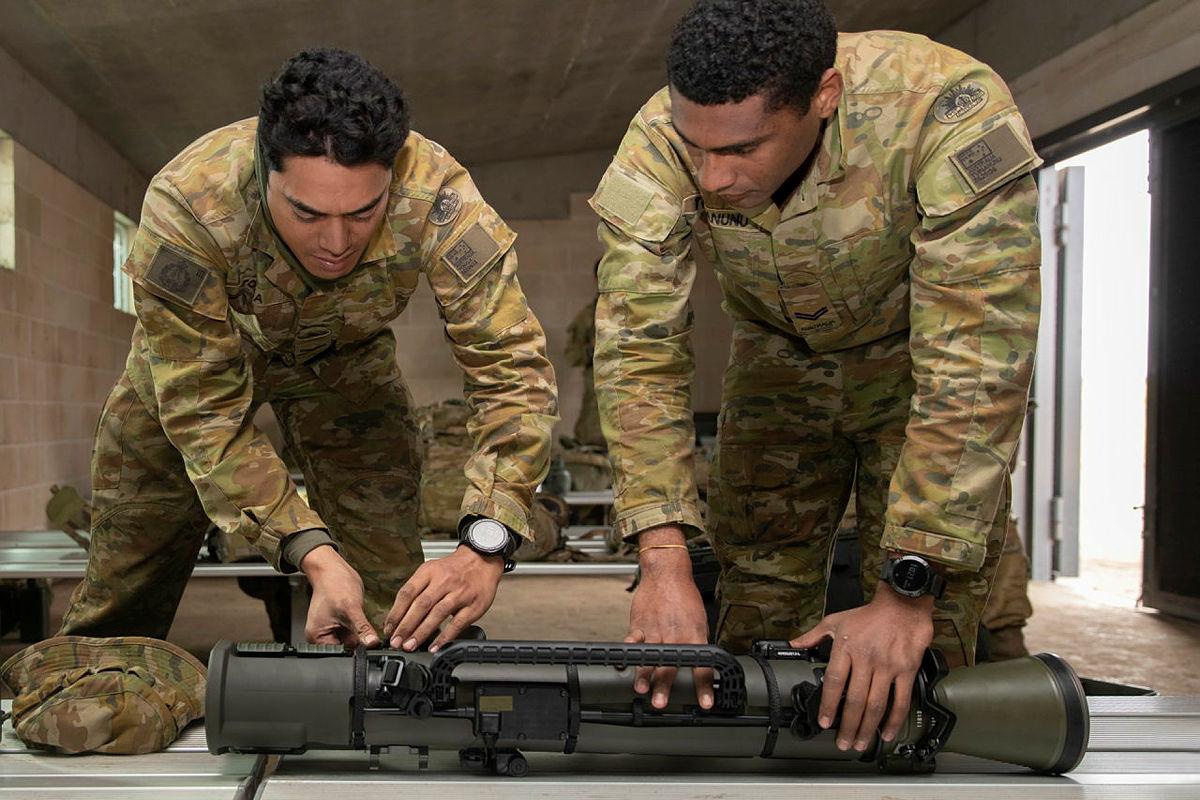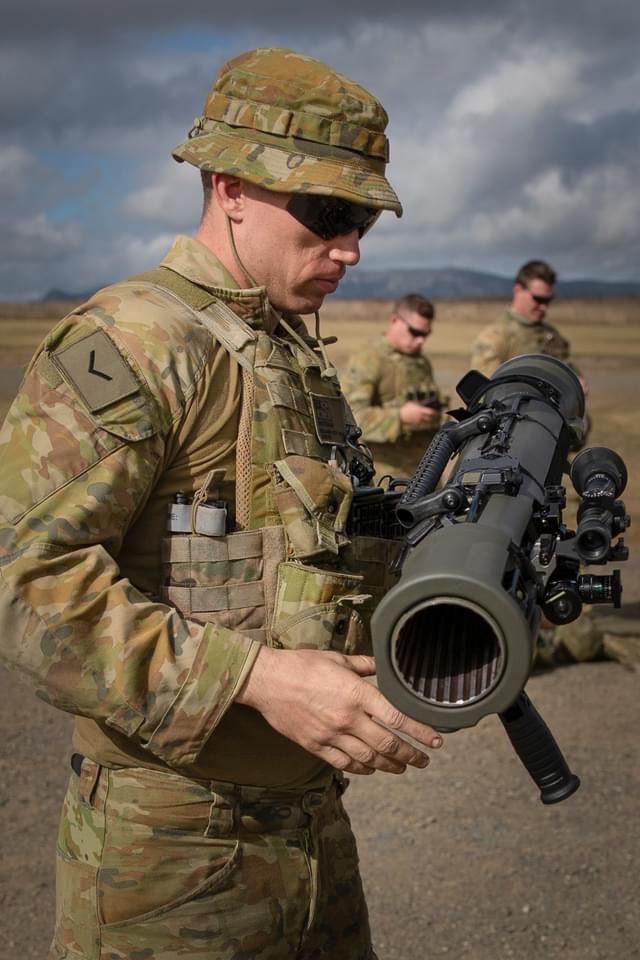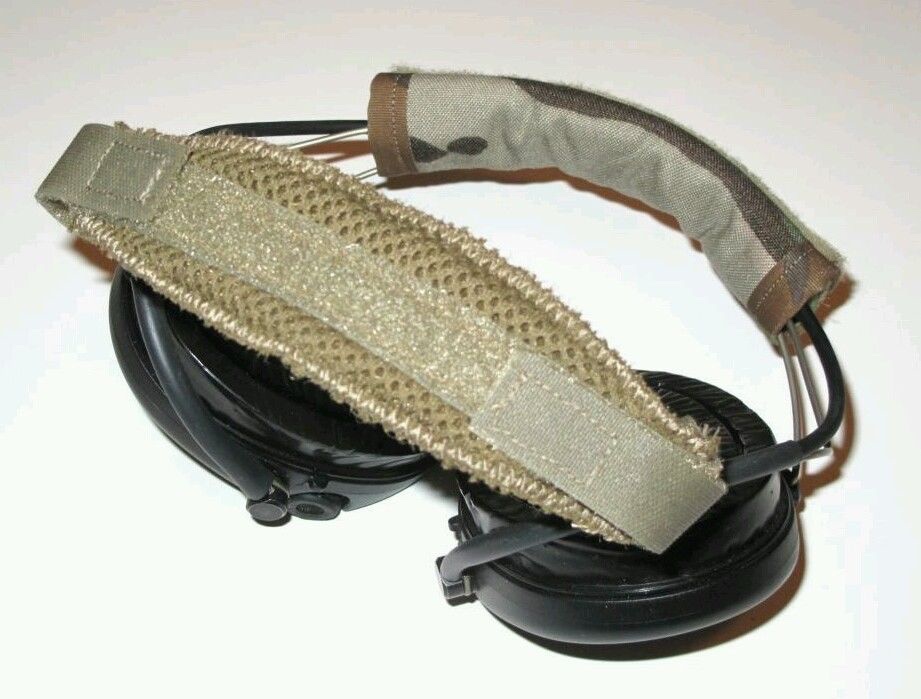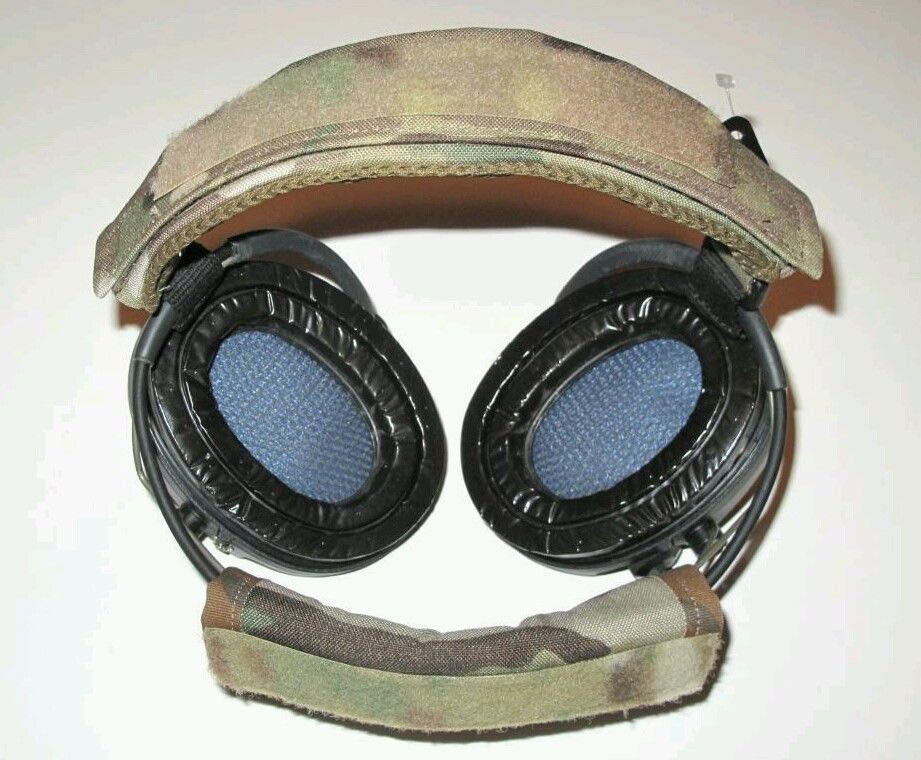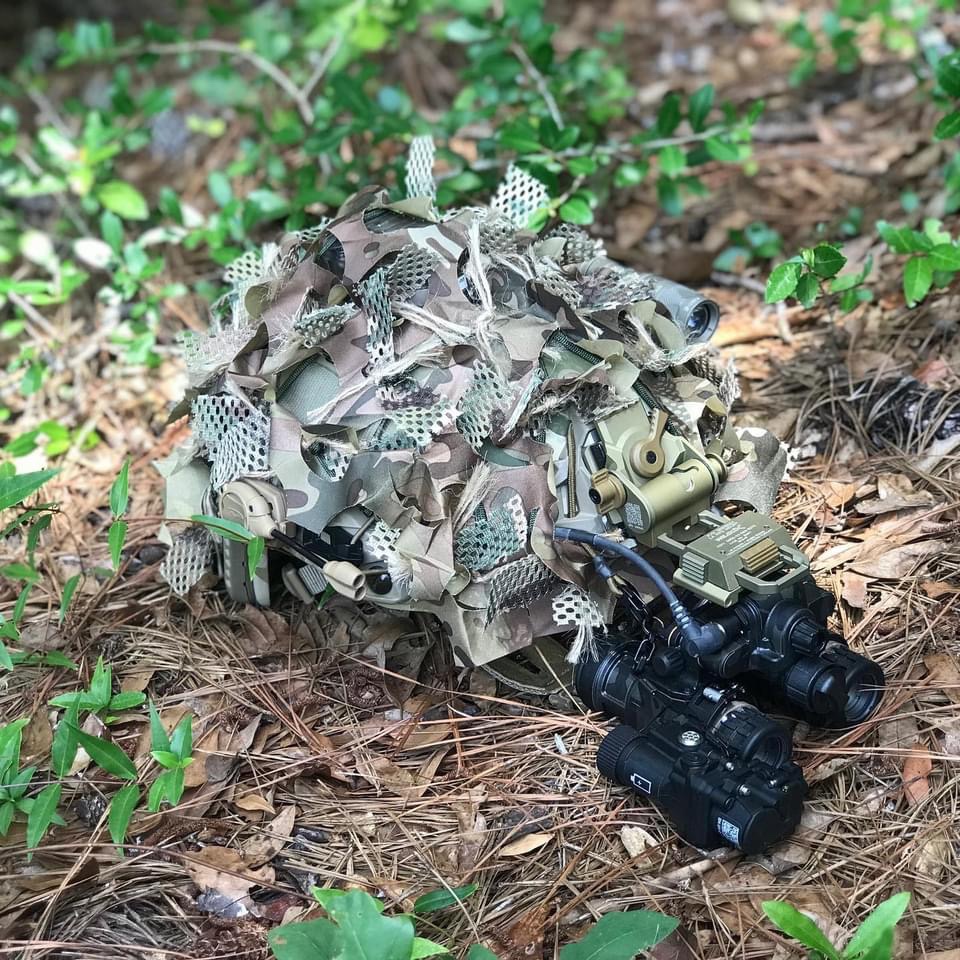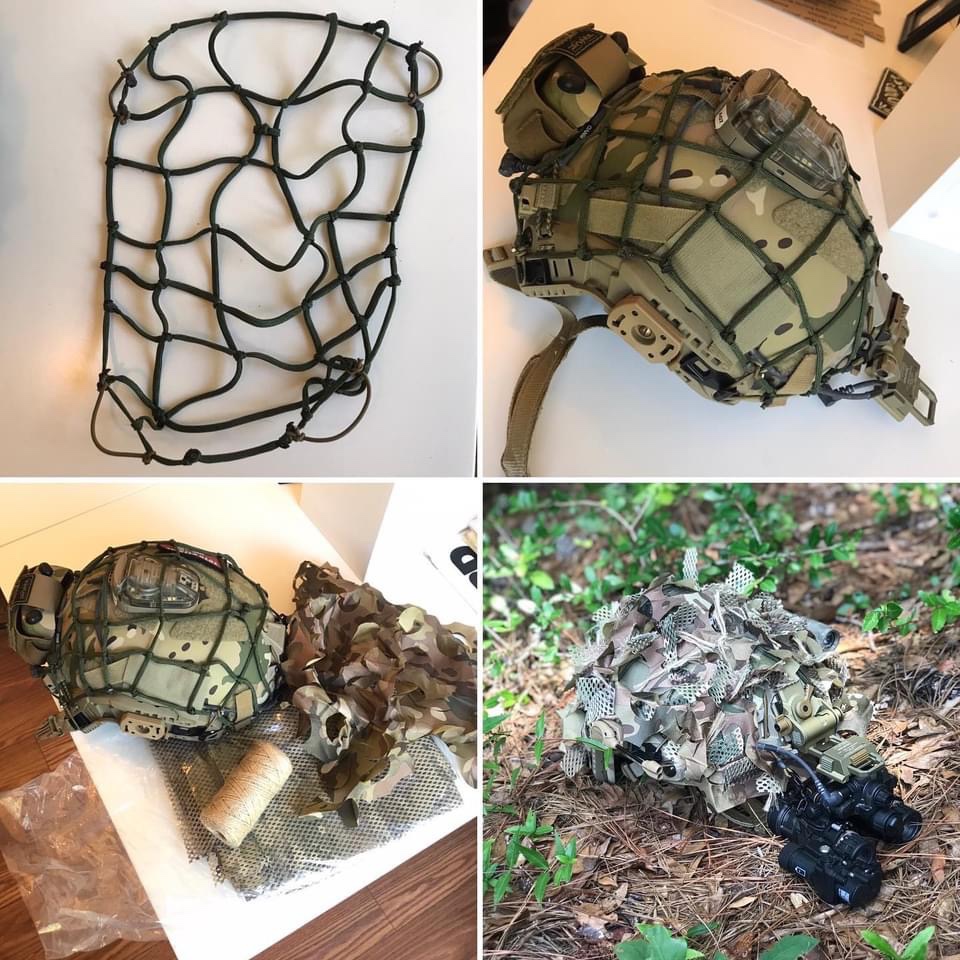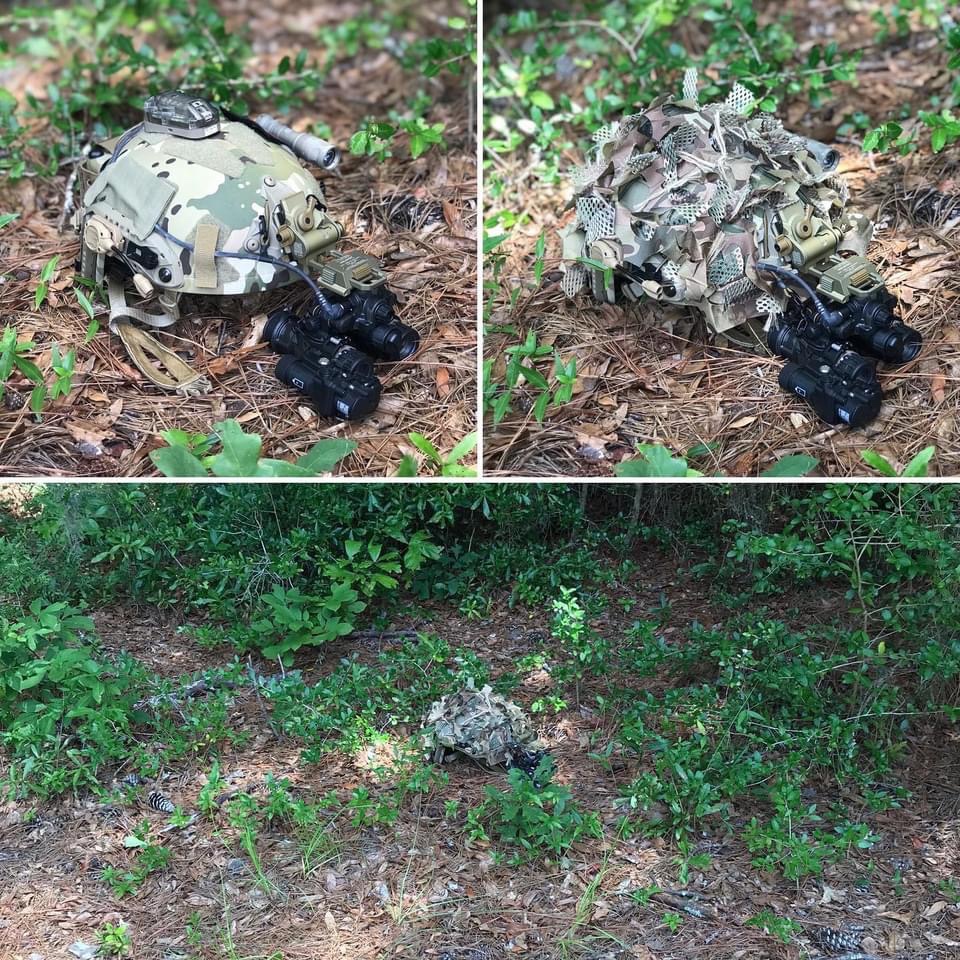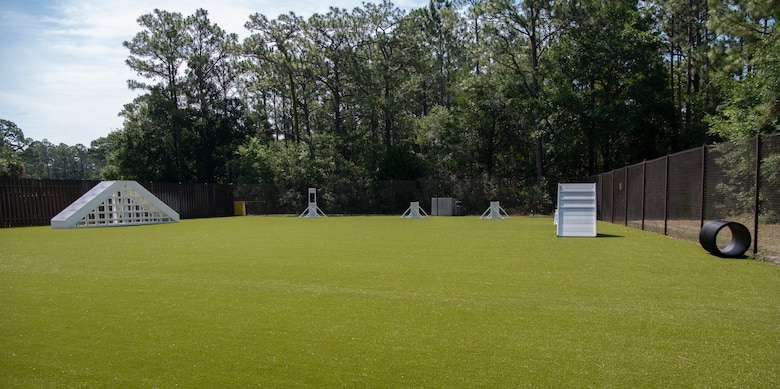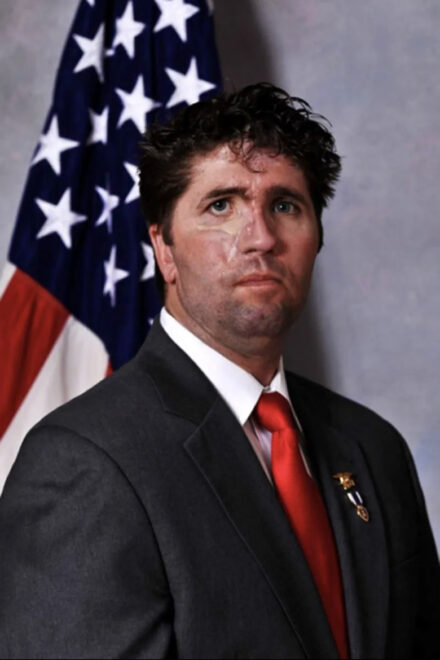DEFEA 2021, Athens, Greece. July 13-15. Hall 3, booth G13
Tel Aviv, July 8, 2021. Uvision Air Ltd. – a global leader in Loitering Munitions Systems of all sizes for a variety of missions – will present its Hero-120 and Hero-400EC Loitering Munition systems with anti-tank capability, providing an all-inclusive solution for countering MBTs (main battle tanks). Hero Loitering Munition systems provide an accurate, effective, and highly lethal response to hard targets, and are able to locate hidden targets, track them and attack at significantly longer ranges than commonly available anti-tank guided missiles (ATGM).
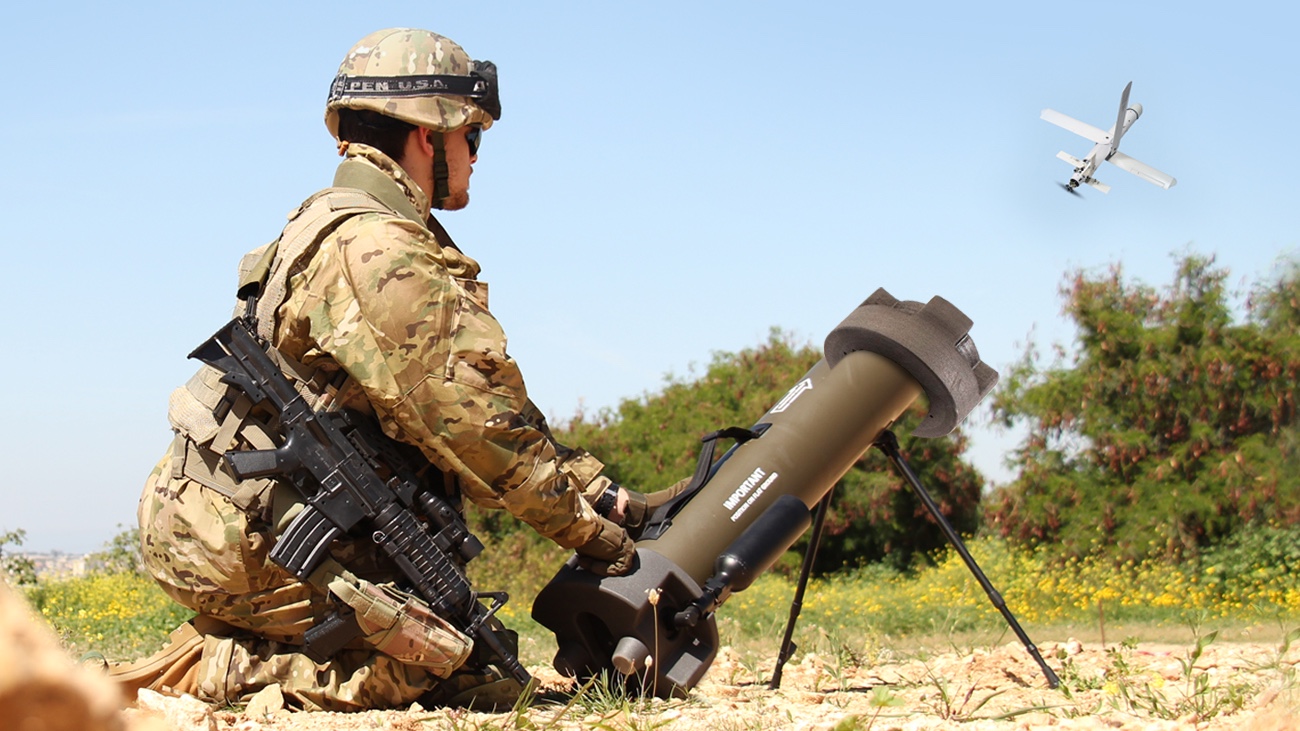
As members of the HERO series of loitering munition systems, both the Hero-120 and Hero-400EC can carry multi-purpose warheads for extended lethality against a wide range of targets, as well as having unique attack capabilities from any direction and angle, including top attack. With long-endurance and low acoustic, visual and thermal signature, the systems can locate, track and strike static and moving targets with pinpoint accuracy. The ability to launch Loitering Munitions from a remote-controlled multi-canister launcher provides effective deployment of the Hero systems from a variety of platforms – air, land and sea – away from enemy lines.

“Uvision develops and delivers the most advanced & innovative Loitering Munition systems today,” says Major General (Ret.) Avi Mizrachi, CEO of Uvision. We are happy to participate in DEFEA for the first time, as part of our mission to strengthen our presence within the clients in the region. We anticipate that this exhibition will pave the way for new collaborations in the area.”
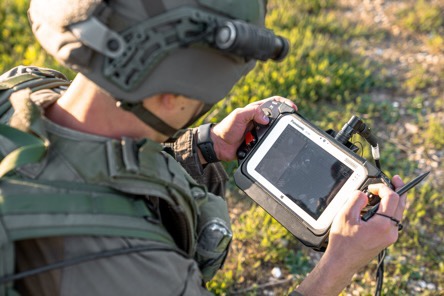
At DEFEA, Uvision will feature the following systems (Hall 3 booth G13):
Hero-30 Loitering Munition System- developed and manufactured by Uvision, the Hero-30 incorporates a high level of precision attack and abort capabilities. This simple-to-operate system enable front-line forces to initiate operations, as well as to respond to any enemy target or threat that arises, and eliminate it with extreme accuracy. The Hero-30’s advanced capabilities include striking targets with high tracking precision and lock-on, a last-second-mission-abort, and re-engagement for a second attack attempt or change of target. Its versatile installment configurations (man-packed, vehicle mounted or stationary) make it ideally suited to a diverse range of operational scenarios.
Hero-120 Loitering Munition System – a mid-range, anti-armor loitering munition system which meets the complex requirements of the modern battlefield. Hero-120 is a high-precision smart loitering munition system with a unique aerodynamic structure that carries out pinpoint strikes against anti-armor, anti-material and anti-personnel targets, including tanks, vehicles, concrete fortifications, and other soft targets in populated urban areas. The Hero-120’s high-precision capability ensures minimal collateral damage. Its wide range of multi-purpose warheads enables the operational user to effectively engage all targets.
Hero-400EC Loitering Munition System – a long-range, high-precision loitering munition system with a low acoustic, visual and thermal signature that can locate, track and strike static and moving targets with high accuracy, and minimal collateral damage. Precision strike capabilities, extended endurance of up to two hours, and a multi-purpose warhead ? including concrete piercing, anti-tank, and anti-personnel that handle different types of targets with exceptional accuracy ? enable long-range and versatile missions. Due to its exceptional maneuverability, the Hero-400EC provides an advanced mid-air abort capability that enables automatic re-entry into loitering mode, re-engagement, or return to the recovery area using a parachute.
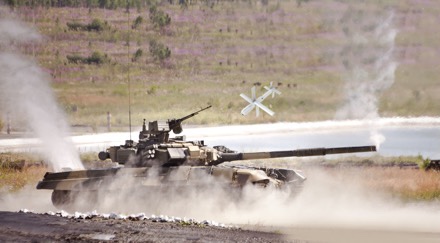
Hero Training and Simulation System – realistic virtual training for the Hero series of Loitering Munitions. With three configurations – classroom, portable and embedded in the operational control unit – presents a comprehensive solution for Hero operators, enabling a higher level of training flexibility. The classroom configuration provides a robust simulation solution with a rich and versatile scenario generator for multiple trainees. The portable and embedded field simulator configurations give Hero operators continuous hands-on training, at various levels, during deployments, maintaining the highest level of operational proficiency and readiness – anytime, anywhere.
www.uvisionuav.com
